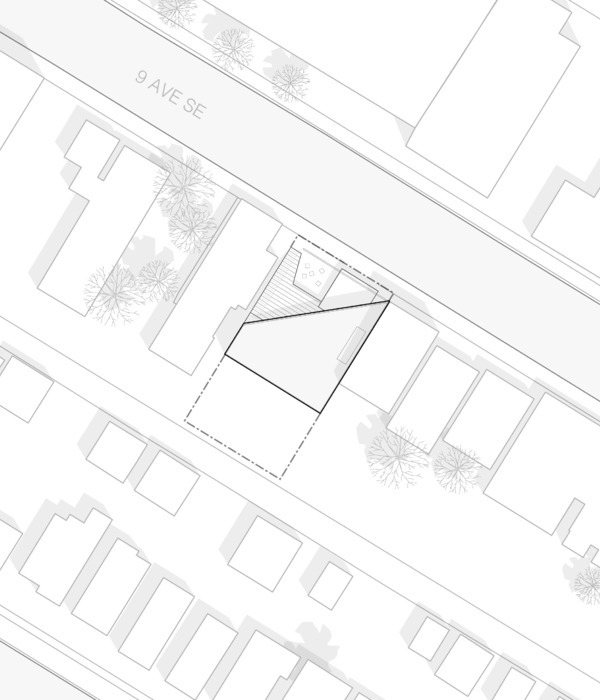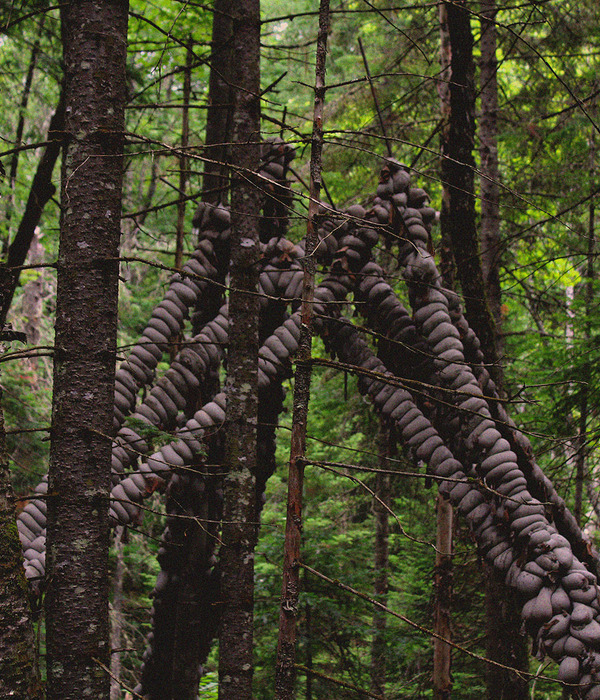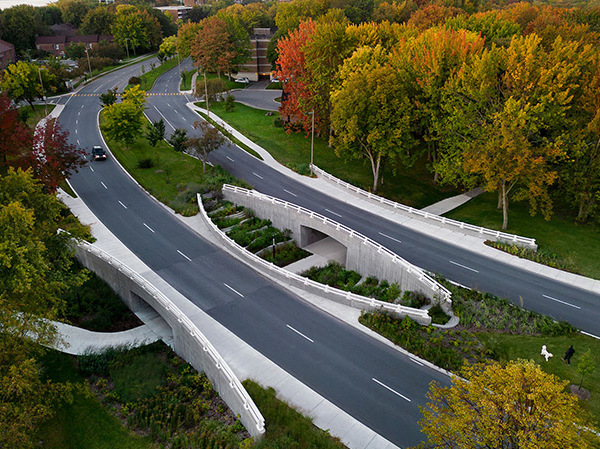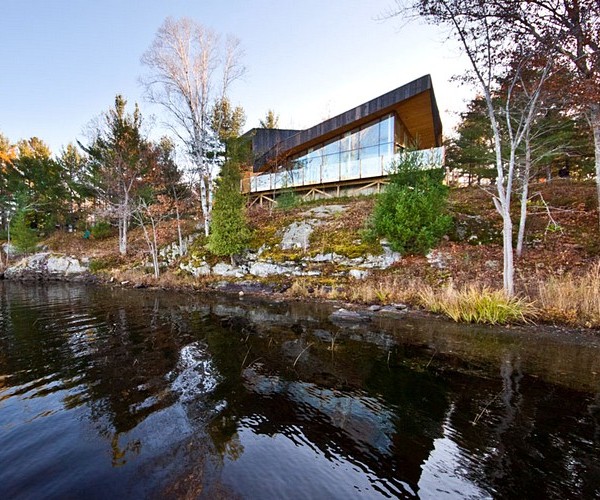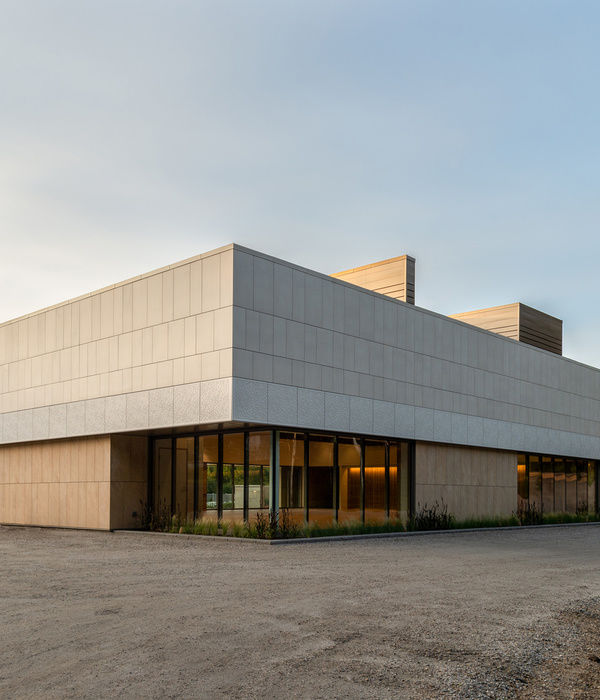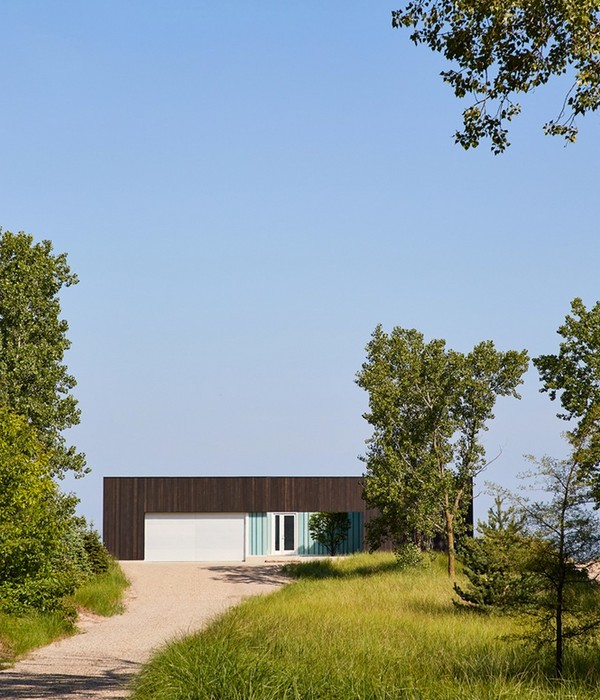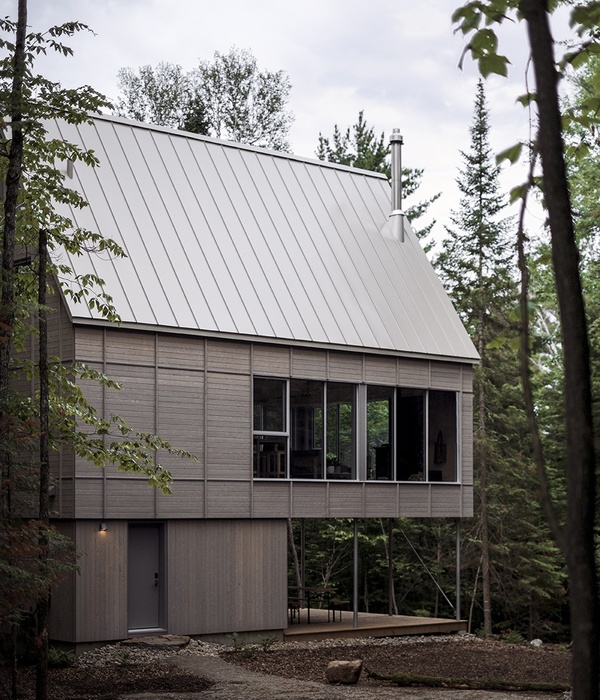Architects:OPEN Architecture
Area:13676m²
Year:2023
Photographs:Jonathan Leijonhufvud,Arch-Exist,Runzi Zhu
Interior Design:OPEN Architecture
Landscape Design:OPEN Architecture,Z'scape
Theater Acoustic Consultant:JH Theatre Architecture Design Consulting Company
Lighting Consultants:Gradient Lighting Design Co., Ltd.
Principals In Charge:Hu Li, Wenjing Huang
Project Team:Bingjie Shi, Daijiro Nakayama, Ke Jia, Qing Ye, Zetian Huang, Jianglong Fan (on site), Giovanni Zorzi, Chengbin Shou, Fengya Wang, Di Lu, Ziqiao Tang, Han Jia
Client:Mountain Education Group
Local Design Institute:Tongji Architectural Design (Group) Co., Ltd.
City:Suzhou
Country:China
Text description provided by the architects. Situated in a new district of Suzhou, Shanfeng Academy is the Cultural and Sports Center for Mountain Kingston Bilingual School, it also serves the local community as an active cultural hub. The architect is deeply influenced by the Chinese landscape drawings that have intricately intertwined and the seemingly endless flow of time and space, especially in the intentionally un-inked areas which mitigate the changing views, space, and events. This is also a building that pays tribute to the traditional Suzhou Gardens while directly confronting contemporary urban and educational challenges—it strives to maximize spatial potential in order to accommodate the large user population with a wide range of activities, all in the confine of a rather small piece of land.
The Solid and the Void - Serving nearly 2000 students, Shanfeng Academy provides a diverse mix of cultural and sports programs, including theater, gallery, library, sports center, dance and fitness rooms, swimming pool, and café.
Considering the intensity of the functional programs and the high density of users, the architect decided to break one massive building into five individual buildings connected by flat-roofed walkways. By breaking down and pulling apart, voids are created in the form of four gardens. Between the gardens and the solid volumes are the semi-outdoor walkways where the colonnades and their moving shadows define another kind of void. Atop the walkways, there is the fifth garden with carefully planted grasses and herbs—a pleasant retreat and gathering place, it also connects all the main functional spaces above and below.
The gardens and the walkways—the precious voids that the architect intentionally carved out in a high- density campus—act as the un-inked areas in the traditional Chinese landscape drawings, providing breathable spaces, and allowing people to slow down and relax for a moment. The movements of light and shadows, the changing sky and clouds, the raindrops and falling leaves, occupy and enliven the voids.
Inward Cosmos and Outward Sharing - Abutting the main street and surrounded by monotonous urbanization, the architecture itself replaces the fences and encloses the campus as an inward-facing whole, shielded from the chaotic surroundings.
On the other hand, this fence-less building is designed to be open to the city without compromising the school’s operation. As an interface between the school and the city, it shares many facilities with the neighborhood. The black box theater has a separate entrance, making it conveniently accessible to the public. The caféfaces the street and provides a pleasant meeting place. During school holidays, the theater, the sports center, and the swimming pool can all be open to the public.
The Air and the Light - The courtyard gardens allow air and light to permeate this whole building complex. One can always feel the comfortable breezes and birds chirping in the gardens.
Natural lighting and natural ventilation play a huge role here to reduce energy consumption. The library requires no artificial lighting during the day. The Sports Center—a deep space measuring 38 meters x 38 meters in plan—also needs no artificial lighting even on a cloudy day. The one window in the bamboo garden brings enough light into the theater auditorium for daily maintenance use. Cross ventilation is maximized to take advantage of the long free-cooling seasons in Suzhou’s mild climate.
Individuality and Wholeness - The five-building volumes contain different spaces for reading, sports, and arts. They each possess unique personalities, yet together they form a synergetic whole. The Sports Center is a solid box floating on glass walls that transparently connects to the Autumn Garden and the sports field on either side. Triangular relieves indent the exterior walls, forming a characteristic abstract pattern. An outdoor tennis court finds its perfect spot on the roof.
The Energy Cube houses vertically stacked fitness rooms and dance studios with shifting balconies that cut into the cubical volume. A semi-underground swimming pool is nestled underneath. Sunlight reflected by the outdoor reflection pool through the glass walls dances playfully on the white ceiling above the pool.
The Library consists of a vertical "book tower" and a horizontal “reading loop” surrounding the water court. Flanked by book walls, the central reading space on cascading steps is comfortably lit by a giant skylight with a series of milky light-diffusing panels. Numerous horizontal slot windows scattered in the book walls bring glimpses of the outside into the browsing of books.
The Forum is a special building that lies between the Spring Garden and the Winter Garden. Above is the chapel-like forum, the soaring interior is illuminated by skylights with a special film that tints the light with changing colors as it moves across the space. Below is a black box theater whose side wall can be opened up to the Winter Garden.
The Grand Theater is the largest building volume which features a curved roof, reaching its peak near the main entrance. On the lower side, the roof exposes an elliptical opening, below which lies an outdoor bamboo garden with a giant opening facing the city. Located right above the side stage, the bamboo garden is a place for young student actors to rest and relax while waiting to go on stage.
Traditional and Contemporary - Board-formed white concrete is adopted for the building envelope, both to pay tribute to the white-wall-grey-roof traditional architecture of the Suzhou area and to resolve the problem of the traditional white plaster needing constant maintenance to prevent mildew formation and cracking. The imprinted wood grain gives the concrete surface a warm texture that invites touches.
Considering Suzhou’s long rainy seasons, the architect designed many overflow water sprouts and water catch basins. Special rocks, local plants, traditional pavement patterns, and different water features, are all carefully incorporated into the design. The internal gardens meander into the street plaza through pavements, trees, and a reflection pool.
Moving through the building, the architecture becomes changing viewing frames with layer upon layer of foreground, middle ground, and background. Multiple threads of time and space coexist and continue to unfold, forming a rich spatial experience full of sensory details.
Project gallery
Project location
Address:Suzhou, China
{{item.text_origin}}


